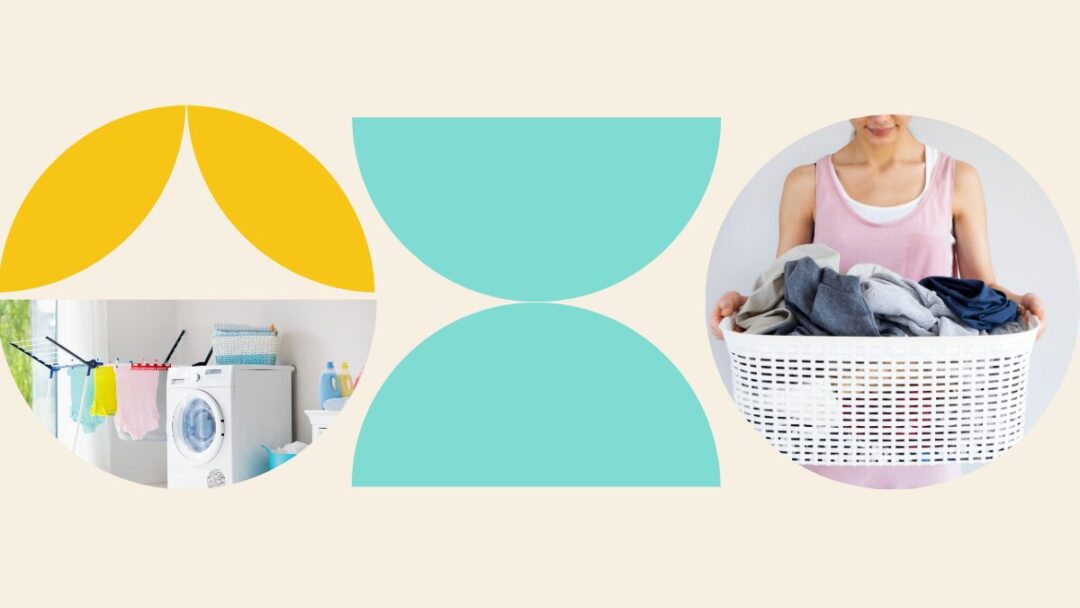When it comes to house cleaning, the tools you choose are just as important as your technique. Microfibre has revolutionised cleaning practices worldwide with its superior cleaning abilities and eco-friendly benefits. This SweepSouth blog explores the advantages of switching to microfibre cloths and mops.
Understanding Microfibre Technology
Microfibre is made from ultra-fine fibres of polyester and nylon that are split into even finer strands, many times thinner than human hair. This design allows microfibre to trap and remove dirt, oil, and moisture more effectively than traditional materials.
Benefits of Microfibre
- Superior Cleaning Power: The split fibres create more surface area to absorb liquid and trap dirt, making them highly effective at cleaning surfaces.
- Less Water and Chemical Use: Microfibre’s effectiveness allows you to clean efficiently with less water and fewer chemicals, supporting a healthier environment.
- Durability: Microfibre cloths are durable and can withstand hundreds of washes, making them more cost-effective and less wasteful than disposable products.
- Versatility: Suitable for use on almost any surface, microfibre can clean everything from windows and mirrors to countertops and floors without leaving scratches.
Why Make the Switch?
With an increasing focus on environmentally friendly cleaning practices, microfibre is a smart choice for the conscientious homeowner.
Environmental Impact
Reducing the use of harsh chemicals and disposable cleaning products is crucial for protecting our planet. Microfibre’s efficiency reduces the need for chemical cleaners, and its durability means less waste in our landfills.
Cost-Effectiveness
Although microfibre products might have a higher upfront cost than traditional cloths, their longevity and effectiveness offer long-term savings. You’ll buy fewer products and spend less on cleaning solutions over time.
Allergen Reduction
Microfibre’s ability to trap dust and allergens makes it an ideal choice for those with allergies or respiratory issues, helping to maintain a healthier indoor air quality.
How to Use
Incorporating microfibre into your cleaning routine can improve the cleanliness and health of your home environment.
Cleaning with Microfibre
- Dry Dusting: Use microfibre cloths dry for effective dusting, as the static charge they develop attracts dust.
- Wet Cleaning: When damp, microfibre cloths can remove more stubborn dirt and grime without the need for harsh chemicals.
- Polishing: Microfibre is excellent for polishing surfaces like glass and stainless steel, leaving a streak-free finish.
Caring for Microfibre
To maintain the effectiveness of your microfibre cloths:
- Wash Separately: Wash microfibre products separately from other laundry to prevent lint transfer.
- Avoid Fabric Softeners: Fabric softeners can clog the fibres and reduce their effectiveness.
- Air Dry or Use Low Heat: High heat can damage the fibres, so air drying is recommended.
Conclusion
By switching to microfibre, you’re not just choosing a superior cleaning option; you’re also making a choice that benefits your health, your wallet, and the planet. Embrace the change and experience the magic of microfibre in your home. And if you need help with the cleaning, book your SweepSouth cleaning service today!
ALSO SEE: QUICK, SIMPLE, NATURAL – THE BEST HOME CLEANING HACKS








